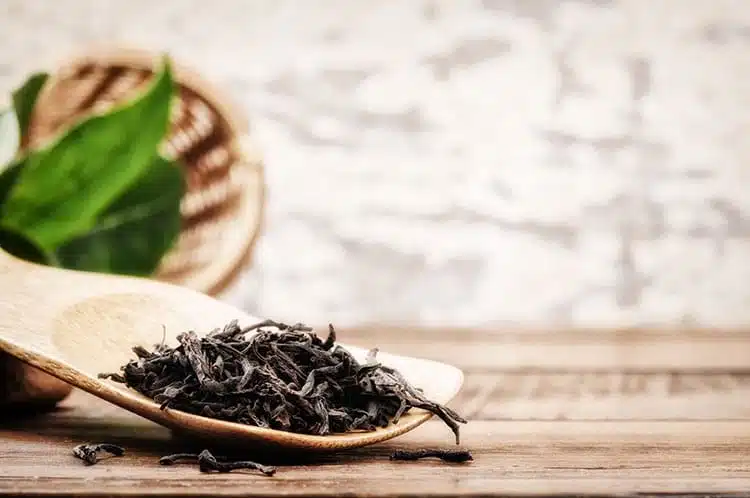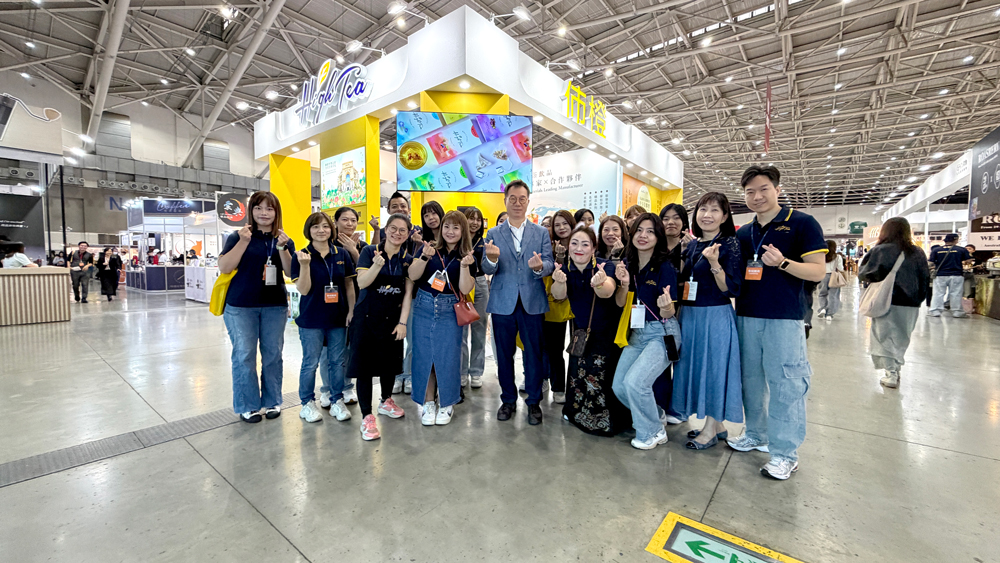
There are many types of tea with different preparation methods. In order to facilitate classification, it is divided into six categories: green tea, white tea, yellow tea, oolong tea,black tea and dark tea according to the degree of fermentation of the tea and the color of the tea soup. The classification of tea in European and American countries is simpler, namely according to the degree of fermentation. Non-fermented tea is called green tea, fully
fermented tea is called black tea, and half-fermented tea is called oolong tea.
Chinese Tea History
Tea originated from the Yunnan-Guizhou Plateau in southwest China and was introduced into Bashu, Sichuan along with river traffic. During the Han Dynasty, tea drinking in the Bashu region was very common and took root in the middle and lower reaches of the Yangtze River. Frequent economic and cultural exchanges have promoted the production and dissemination of tea.The tea-producing areas are roughly the same as today, distributed in the area south of the Huaihe River in the Qinling Mountains, where the climate is warm, hot and humid, and the soil is fertile.
It has initially formed the pattern of tea production in the country. The Sui Dynasty unified the country, and the tea-drinking fashion gradually spread in the north. In the Mid-Tang Dynasty, the economic and cultural exchanges between the north and the south were closer. The prosperity and influence of Buddhism and Zen further encouraged the rapid expansion of tea-drinking customs from the south to the north.
Three Stages of Drinking Tea in the Past
Tea brewing method in Tang Dynasty: Before brewing tea, the tea leaves were ground into powder,boiled water and put in flavoring, and the tea powder was sprinkled into the pot. When drinking, drink the tea dregs and tea soup together while it is hot.The method of ordering tea in the Song Dynasty: brew tea powder with boiling water, and drink it after stirring with tea. Today’s matcha ceremony originated here. Ming Dynasty tea brewing method: Ming Dynasty changed to whole leaf tea brewing, the beginning of modern tea concept.
Taiwan Tea History
The earliest record of tea in Taiwan was during the Dutch colonial rule, traders from China provided tea from China to the Dutch, and only then began to grow tea in the mountainous areas of central Taiwan. It was not until the late 19th century that Taiwan became more serious about growing tea,the popular Taiwan Oolong tea, especially in the United States, is highly valued, attracting more and more traders to Taiwan to buy. However, at the end of the 19th century, Taiwan’s main export commodities were a variety of teas. Japan occupied certain areas of Taiwan and increased black tea output.
Moreover, the Taiwan Tea Research Institute was established in 1926 to find ways to increase tea production and create new types of tea. It was not until the 1990s that black tea began to be popular in the Taiwan market. Shaked black tea and bubble milk tea emerged. However, all the black tea materials used at that time were from India, Sri Lanka, etc. It was not until 1999 that Taiwan black tea was seen again. On September 21, 1991, the severe September 21 earthquake occurred in Taiwan. After the disaster, the Taiwanese government promoted the local industry revitalization plan
[One Township, One Feature], because in 1999 the Tea Industry Improvement Center published a new black tea variety-Taiwan Tea On the 18th red jade, Yuchi Township chose black tea as the focus of its characteristic revitalization plan. The joint efforts of the township office, the farmers’ association,the tea industry improvement farm and farmers, coupled with the help of the media and enterprise adoption, have become the most important specialty and souvenirs of Sun Moon Lake. Let Taiwanese black tea reappeared after it has been in decline for a long time.”
British Tea History
At the beginning of the 17th century, the East India Company required Macao merchants to provide the best tea. Because of the wedding of the Portuguese princess and the British royal family, the habit of serving tea to the nobles was started after marriage. Therefore, tea began to spread among the nobles and the rich. . The East India Company introduced black tea from Asia, and black tea became more popular in London. In the 1800s, Britain brought tea to India, and they began to produce more and more tea in India. For a long time, tea has become one of the most traded items. It is confirmed that the UK made tea so popular.
History of Indian Tea
The British introduced commercial tea production to India, mainly to eliminate the Chinese people’s monopoly on tea,but they still use Chinese cultivation and planting techniques. The most popular varieties are Assam tea and Darjeeling tea, from the end of the 19th century to the 21st century. At the beginning of the century, India has always been the world’s largest tea producer. Indian tea companies have actually acquired many tea companies, such as Twinnings, Lipton, and Typhoo. Since Britain brought tea culture to India, it has successfully become one of the top regions for tea production. India mainly produces black tea, although green tea is also grown and exported to all over the world.




